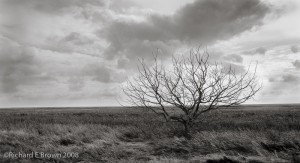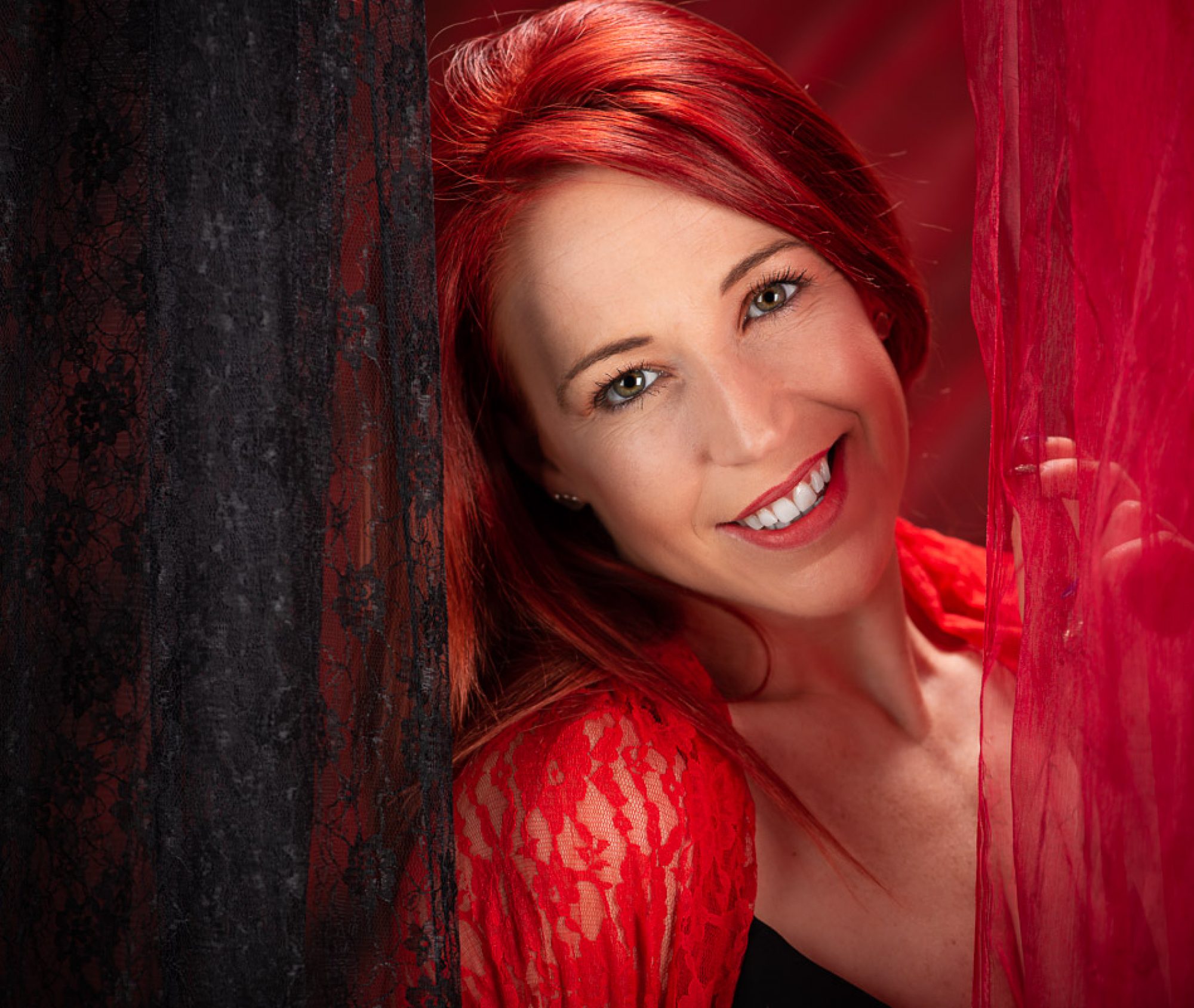
I used to have the issue that many photographers suffer from; you send you image off to be printed and it comes back to dark.
Now my images come back much closer to how I envisaged them, and when printed by myself they are very close to what I see on the screen.
So what has changed, well first it got better when I started profiling my screen, usb screen profilers do not cost that much money and are definitely worth it. Secondly I now use a NEC SpectraView Reference Monitor, this is as close to Adobe RGB as current displays can get and gives a very accurate display.
Lastly I now soft proof using paper profiles from the manufactures website.
I recently came to print one of my Black & White on a new paper I had not used before (Tecco PL285 Luster). The image was quite dark and moody of a bleak marsh and a single bare tree.
I have split toned the image and the highlights have a slight blue tint and the shadows and mid tones a light sepia tint.
In Lightroom V5.3 I went into soft proofing and selected my paper profile, all of a sudden the image looked blue. This paper has a definite cold tint. I created a soft proof copy and adjusted the mid tone contrast to suit the paper and removed my blue tint from the image. I then tinted the image quite heavily all over sepia until the soft proofed image looked like the original.

I then printed and what came out looked like the original print, soft proofing in a colour managed environment had worked. If you compare the bottom image with the top its hard to believe that when the bottom image is printed on Tecco PL285 Luster it looks like the top image but it does.
Soft proofing is still an inexact art, a monitor no matter how good and yet match the colour gamut but it is currently the best way forward.
In many ways it shows how arguments of cameras based on jpegs displayed on a web page are ridiculous, you cannot judge a camera from the web. Ultimately only you shooting with it in your style, your kind of photographs and putting the resulting files through your work flow are going to show if that camera suites you. And a camera that suites you may not suite others.
